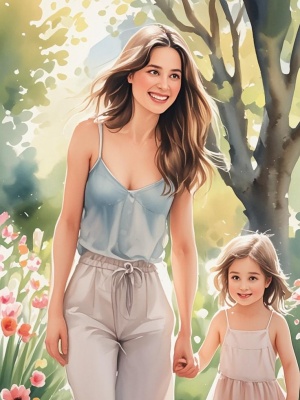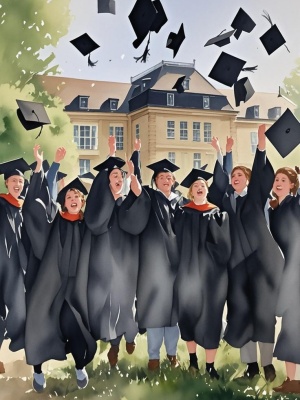The Art of Scenery Paintings in Watercolor: A Comprehensive Guide
Watercolor scenery paintings have captivated artists and art lovers for centuries. The medium's unique transparency and fluidity make it ideal for capturing the beauty of landscapes, seascapes, and urban scenes. Whether you're a beginner or an experienced artist, understanding the techniques and challenges of watercolor scenery painting can elevate your artwork to new heights.
Why Choose Watercolor for Scenery Paintings?
Watercolor offers distinct advantages for scenery paintings that other mediums can't match. The medium's natural translucency perfectly mimics atmospheric effects like mist, sunlight, and reflections. Unlike oil or acrylic, watercolor allows for spontaneous, expressive brushwork that captures the essence of a scene rather than just its physical details.
Key Benefits of Watercolor for Landscapes
- Creates beautiful atmospheric perspective effects
- Allows for quick, spontaneous painting sessions
- Portable and requires minimal setup
- Produces luminous, transparent layers
- Offers unique textural possibilities
Essential Techniques for Watercolor Scenery Painting
Mastering watercolor scenery paintings requires understanding several fundamental techniques. These methods will help you create depth, texture, and mood in your landscape artworks.
Wet-on-Wet Technique
The wet-on-wet technique involves applying paint to a wet surface, creating soft, diffused edges perfect for skies, water, and distant elements. This method is essential for creating those dreamy, atmospheric effects that make watercolor scenery paintings so distinctive.
Dry Brush Technique
For texture in foreground elements like tree bark, rocks, or architectural details, the dry brush technique works wonders. By using a brush with minimal water, you can create crisp, textured strokes that add realism to your scenery paintings.
Layering and Glazing
Building up layers of transparent color (glazing) allows you to create depth and richness in your watercolor scenery paintings. Start with light washes and gradually add darker values, letting each layer dry completely before applying the next.
Common Challenges and Solutions in Watercolor Scenery Painting
Even experienced artists face challenges when creating watercolor scenery paintings. Here's a problem-solution matrix to help you overcome common obstacles:
| Problem | Solution |
|---|---|
| Muddy colors | Limit color mixing to 2-3 pigments, let layers dry completely |
| Overworked painting | Plan composition first, work quickly, know when to stop |
| Flat appearance | Create value contrast, use atmospheric perspective |
| Uncontrolled blooms | Control moisture levels, tilt paper to guide water flow |
Choosing Subjects for Watercolor Scenery Paintings
The world is full of inspiring subjects for watercolor scenery paintings. From majestic mountain ranges to intimate garden corners, watercolor can capture it all. Consider exploring these popular themes:
- Coastal scenes with waves and cliffs
- Rural landscapes with fields and farmhouses
- Urban cityscapes and architectural details
- Forest interiors with light filtering through trees
- Seasonal changes in familiar locations
For more inspiration, visit our landscape scenes gallery featuring beautiful watercolor interpretations.

Modern Approaches: Combining Watercolor with Digital Tools
Contemporary artists are finding innovative ways to blend traditional watercolor scenery paintings with digital techniques. Some artists create initial sketches digitally before painting, while others scan their watercolors for digital enhancement. Our AI Painting Guide explores how technology can complement traditional watercolor methods.

Conclusion: The Timeless Appeal of Watercolor Scenery Paintings
Watercolor scenery paintings continue to enchant artists and viewers alike with their luminous quality and expressive potential. Whether you prefer realistic depictions or abstract interpretations, watercolor offers endless possibilities for capturing the beauty of the world around us. With practice and patience, anyone can develop the skills to create stunning watercolor landscapes that convey both the visual and emotional essence of a place.
For those interested in exploring more artistic techniques, check out our comprehensive AI Art Guide which covers various digital and traditional art forms.